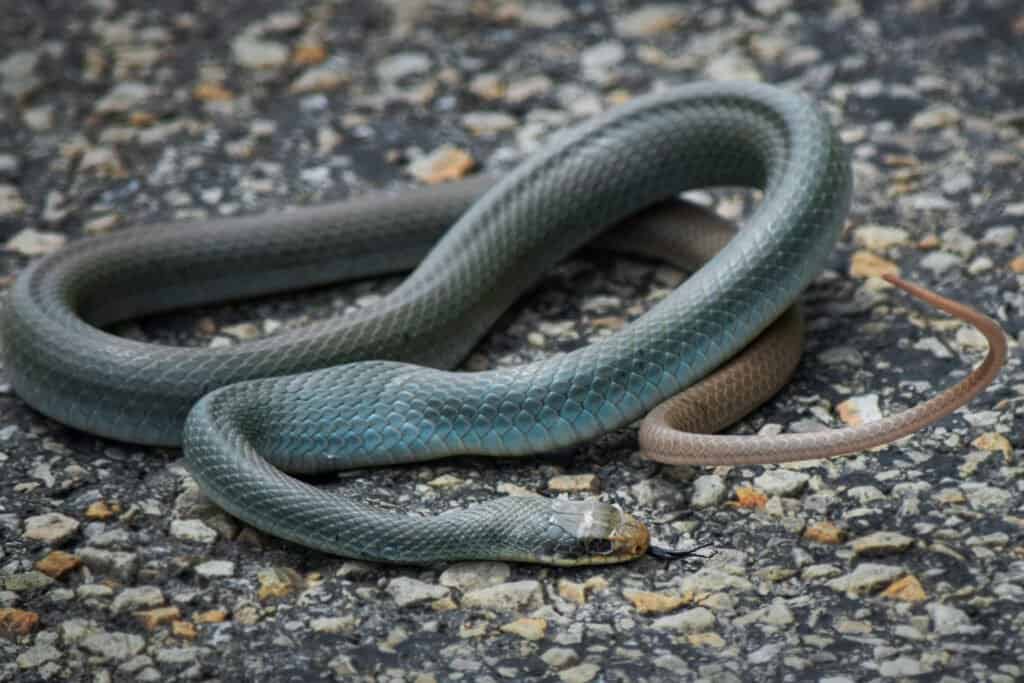Introduction
The tiger serpent is one of Australia's most notorious reptiles, feared for its potent venom and hostile personality. This remarkable creature plays an important function in the environment, yet it often faces misconceptions that bring about unnecessary fear. In this comprehensive short article, we will certainly look into the globe of the tiger serpent, discovering its habitat, poison features, and crucial first aid practices in instance of a snake bite.

Understanding the Tiger Snake: Environment, Venom, and First Aid Essentials
Tiger serpents are primarily located along the southerly shoreline of Australia, consisting of Tasmania. They thrive in different atmospheres such as marshes, coastal regions, and even metropolitan locations. Their flexibility makes them effective predators; nevertheless, their closeness to human environments often brings about experiences that can result in bites.
This write-up intends to debunk tiger serpents by discussing their habitat preferences, analyzing their poison composition and impacts on human beings, and giving critical first aid information for bites.
1. Tiger Serpent Environment: Where Do They Live?
1.1 Overview of Tiger Serpent Distribution
Tiger serpents (Notechis scutatus) are primarily located in southerly Australia and Tasmania. They inhabit various ecosystems ranging from seaside marshes to freshwater lakes.
- Coastal Regions: Tiger snakes are usually spotted near coastlines where they hunt for fish and amphibians. Wetlands: These locations supply enough hiding spots and plentiful prey. Urban Locations: As cities expand into natural habitats, tiger snakes might be seen venturing right into country gardens or parks.
1.2 Preferred Habitats of Tiger Snakes
Tiger snakes favor damp environments where water resources are conveniently offered. Their environments generally include:
- Marshes: The dense plants enables them to ambush victim effectively. Swamps: These locations supply sanctuary from killers while providing a rich hunting ground. Riversides: Water bodies bring in several animals which act as food resources for these snakes.
1.3 Environmental Elements Affecting Environment Choice
Several factors influence where tiger snakes select to live:
- Temperature: Being ectothermic (cold-blooded), they need cozy settings for ideal activity levels. Prey Availability: High populations of frogs and little creatures draw in these snakes. Shelter: Dense greenery serves not just as camouflage but also as security versus potential threats.
2. Are Tiger Snakes Venomous? Recognizing Their Venom
2.1 Composition of Tiger Snake Venom
Yes! Tiger serpents are certainly poisonous animals. Their venom is a complicated mix including neurotoxins that can create paralysis and coagulopathies affecting blood clot mechanisms.
Key Elements of Venom:
- Neurotoxins: Affect nerve function bring about paralysis. Hemotoxins: Damage blood vessels triggering interior bleeding.
Understanding these components assists us appreciate the strength of a tiger snake bite.
2.2 Impacts of a Tiger Serpent Bite on Humans
A bite from a tiger serpent can bring about serious signs and symptoms:
- Local Signs and symptoms: Discomfort, swelling, and staining at the bite site. Systemic Symptoms: Nausea or vomiting, vomiting, difficulty taking a breath because of paralysis or constriction of airways.
Severity Levels
Minor Bite: Localized pain without systemic symptoms. Moderate Bite: Systemic signs however workable with medical care. Severe Bite: Life-threatening; requires prompt clinical intervention.3. Recognizing Various Sorts Of Tiger Snakes
3.1 Eastern vs Tasmanian Tiger Snakes
There are two primary categories based upon geographic distribution:
Eastern Tiger Snake (Notechis scutatus)
Found along eastern coastlines as much as Queensland.
Tasmanian Tiger Serpent (Notechis scutatus)
Adapted especially to Tasmania's special setting with somewhat differing pigmentation patterns.
3.2 Shade Variants in Environment Preferences
Tiger snakes display substantial shade variants depending upon their environment:
- Coastal populaces commonly present stripes or spots for much better camouflage against sandy shores.
4. Actions Patterns of Tiger Snakes
4.1 Hostility Level
Tiger snakes are recognized for their hostile behavior when endangered or cornered which can bring about protective strikes if provoked.
4.2 Searching Techniques
They have remarkable agility allowing them to strike swiftly at victim such as frogs or small rodents mainly during twilight hours when they're most active-- making them nighttime hunters!
5. Emergency Treatment for Snake Bites: Vital Steps You Need To Know
When it involves taking care of snake bites, expertise is vital!
5.1 Immediate Actions After a Bite
If bitten by a tiger serpent:
Stay calmness! Panic increases heart rate which spreads poison quicker through your bloodstream.


Apply stress around the injury using tidy cloths-- stay clear of cutting or sucking out venom!
Remove limited clothing/jewelry near the bite site; swelling may happen rapidly.
Immobilize the influenced limb using splints if possible-- this limits movement aiding reduce venom spread!
5.2 Getting Medical Help
Seek emergency situation medical help instantly! Time is essential when dealing with possible envenomation from tiger serpents!
5.3 First Aid Kit Fundamentals for Serpent Bites
Having a well-appointed first aid package can make all the distinction during emergency situations:
|Thing|Summary|| ------|-------------|| Stress Plaster|Assists immobilize injury|| Clean and sterile Gauze|For clothing wounds|| Emergency Situation Contact Information|Quick accessibility numbers|| Antivenom Details|Expertise concerning local antivenoms|
6 FAQs Regarding Tiger Snakes
Q1: Are all tiger snakes dangerous?
A: While all have venomous abilities influencing people dramatically-- most favor avoidance unless threatened!
Q2: How promptly does tiger serpent poison affect humans?
A: Signs may manifest within mins relying on area & & amount injected during envenomation events!
Q3: Can you survive a tiger serpent bite without treatment?
A: Neglected attacks can be fatal as a result of rapid progression; immediate treatment is crucial!
Q4: What must I do if I come across one?
A: Maintain distance & & pull back slowly; prevent sudden motions that might prompt aggression!
Q5: Exactly how common are attacks from tiger snakes?
Go here A: Although encounters occur frequently-- real bites remain reasonably uncommon due mainly due preventive measures taken by residents living within affected ranges.
Q6: Exists a remedy available?
A: Yes! Antivenoms certain for Australian species exist-- clinical facilities bring these medicines prepared when required urgently post-bite incidents!
7 Conclusion
Understanding the intricacies surrounding "Understanding First aid for snake bites the Tiger Serpent: Habitat, Poison, and First Aid Essentials" is critical not Inland Taipan only for individual safety and security yet likewise fostering coexistence with these impressive creatures inhabiting Australia's landscape! By learning more about their behaviors & & efficient response strategies regarding possible encounters-- we furnish ourselves better against unneeded worries while valuing nature's diversity completely! So allow's welcome education and learning instead are afraid-- it leads towards consistency between humanity wildlife alike!